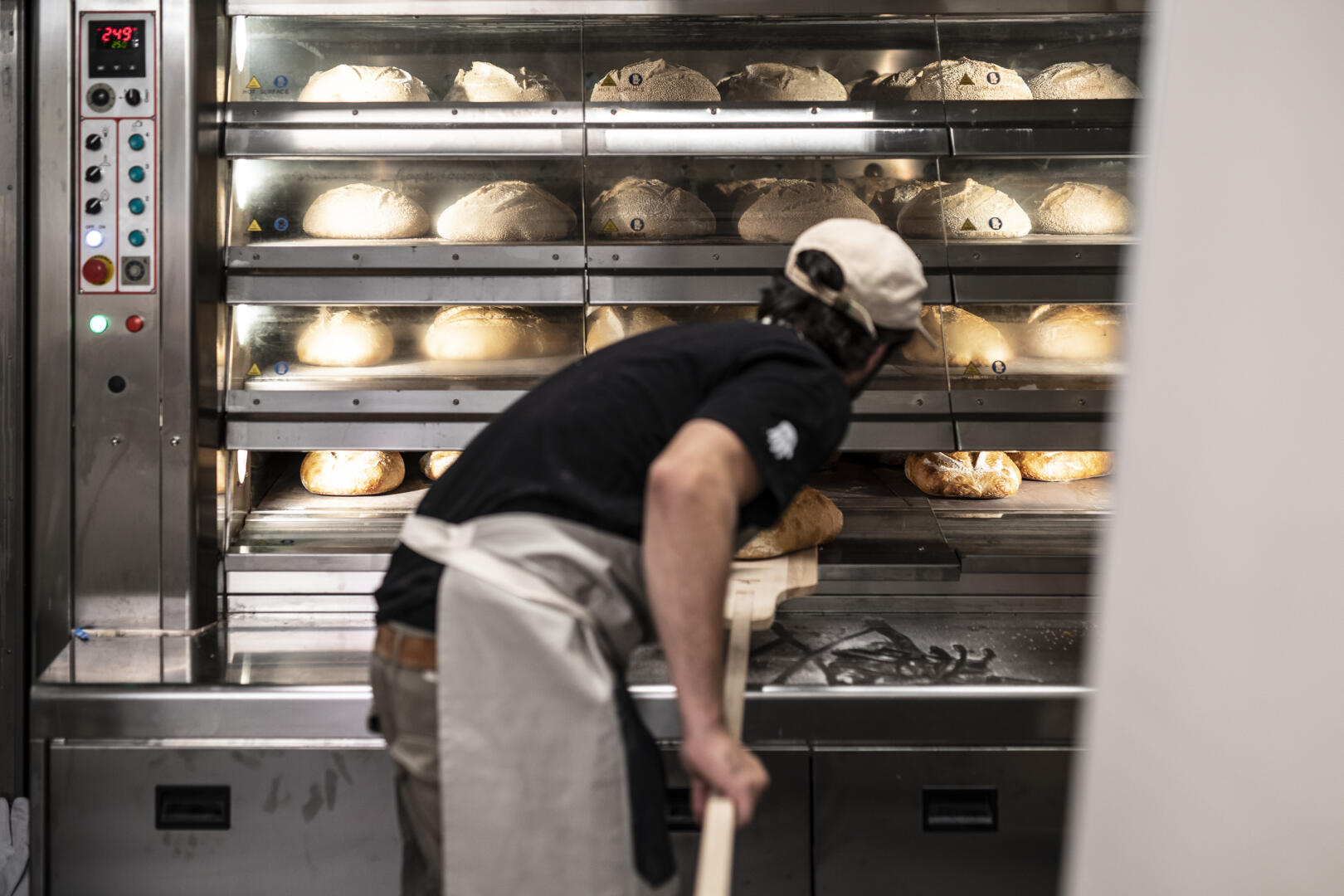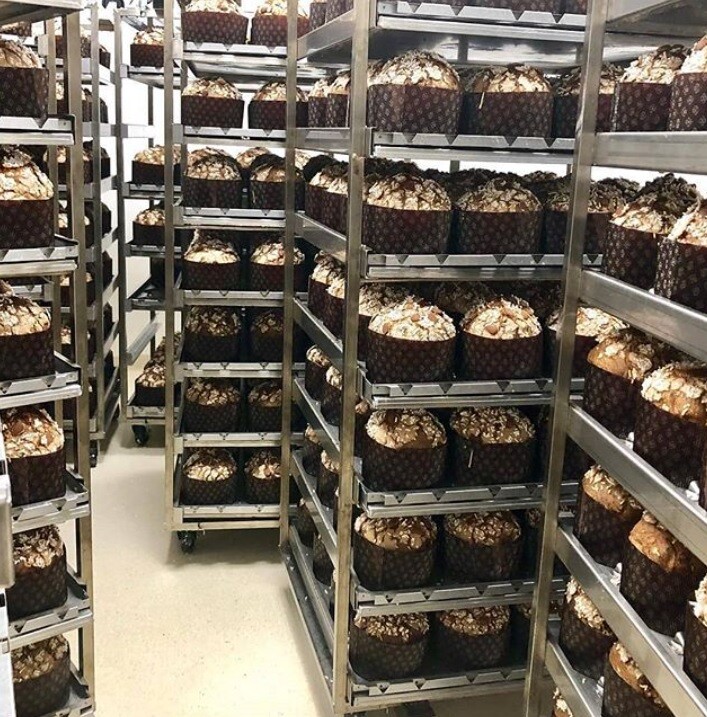News

TECHNICAL OVERVIEW
BAKING SYSTEM
Baking is a process involving physical, chemical, and biological changes that complete the bread-making cycle. The temperature and time settings depend on the dough type and loaf size. Standard baking temperatures typically range from 200°C to 270°C.
Indicative Baking Times:
• 1 kg loaf: 40–50 minutes
• 500 g loaf: 30–40 minutes
• Smaller sizes: 20–30 minutes
Baking regulation is influenced by dough consistency, loaf shape, and weight. Softer dough requires higher temperatures, while harder dough may crack if dried too quickly. Loaves with a higher surface-to-mass ratio, such as breadsticks, need a lower temperature for a shorter time. Larger loaves require lower temperatures and longer baking times for even cooking.
________________________________________
BAKING PHASE FUNCTIONS
Baking directly impacts preservation, aroma, taste, and texture. During the baking process, moisture evaporates from the dough, and many fermentation by-products, such as alcohols, aldehydes, and organic acids, volatilize. The heat causes starch to gelatinize and gluten to coagulate, while gases expand within the dough matrix. Surface incisions in the dough help with gas expansion and improve texture and volume.
Good bread quality is determined by a uniform shape, light crumb, thin upper crust, thicker and firmer base crust, smooth golden surface, and a soft, elastic interior.
________________________________________
STEAM IN BAKING
Steam, introduced at the beginning of the baking process, condenses on the dough surface, forming a moisture layer. This helps delay crust formation, promoting maximum oven spring and preventing CO₂ from escaping. It also contributes to the thickness, color, and crispness of the crust. Proper steam control ensures optimal hydration, reduces surface bubbling or cracking, and creates a thin, smooth, golden crust.
________________________________________
THERMAL STABILITY & OVEN PERFORMANCE
TUBIX ovens ensure even heat distribution and thermal stability throughout the baking process. They provide consistent steam production, enhancing oven spring and creating a uniform and glossy crust. The ovens offer exceptional heat efficiency, ensuring excellent baking performance for all types of bread.
________________________________________
OVEN TYPES AND TECHNOLOGIES
Rotating Rack Convection Oven: Features forced air circulation for homogeneous and consistent baking. Offers fast and flexible baking cycles.
Electric Deck Oven (Static or Modular): Allows deck baking with independent temperature control for each chamber. Ideal for locations without chimneys or for varied baking cycles.
Static Steam Tube Deck Oven: Ideal for large loaves with exceptional steam and heat efficiency. Offers outstanding baking thrust and enhanced fragrance.







